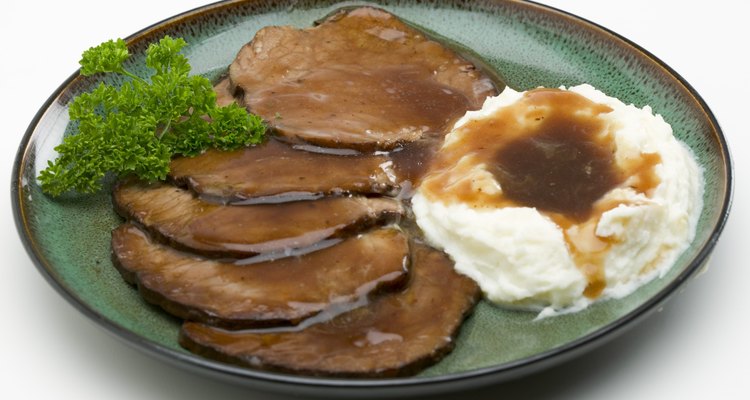
Braising transforms the toughest boneless chuck roast into a dish so tender it rivals the taste of naturally delicate cuts like filet and petite sirloin. The connective tissue
responsible for chuck's chewiness turns into a blessing as it melts and mingles with the beef's natural juices to form a savory au jus perfect for drizzling over the finished dish. Before braising chuck roast, sear it in a skillet until it has a caramelized, golden-brown color.
What to Consider When Purchasing Boneless Beef Chuck
Chuck roast comes in a variety of sizes, and can be expensive, so watch the supermarket circulars for sales, you can pick one up for a good price. When picking out a roast, look for a one that has a good marbling of fat. Some of the fat will cook off during the braising process, but you need it to help the meat baste as it cooks. Trim off any unwanted fat that remains after it cooks.
Braising the Roast
Braising, or cooking meat in a small amount of liquid, is particularly effective for tougher cuts of meat like a boneless chuck roast. Place the chuck roast in the Dutch oven or slow cooker and pour in enough beef stock or red wine to cover the bottom of the pot by two inches. Cook your chuck roast for approximately 45 minutes per pound in a 350 F, or for two hours per pound in a slow cooker on low. A roast's internal temperature commonly reaches 200 F or higher during braising, so the best way to determine doneness is checking tenderness – the meat will fall when ready.
Roast Serving Suggestions
Serve a boneless chuck roast with family-favorite sides, such as potatoes, carrots, pearl onions or celery, to name a few. Mashed potatoes or warm wheat rolls also go well with a tender braised chuck roast. Use the pan drippings to make a flavorful gravy by simmering them over low heat and whisking in one teaspoon of flour or cornstarch.
Tips for a Healthy Meal
Boneless chuck roast tends to have extraneous flaps of fat hanging from its tip and sides. Trim away this excess fat before braising to lower the overall fat content of the roast. Keep meat servings to three ounces per family member, which is the recommended serving size for a meat-based protein. If you are concerned about the fat intake, omit the gravy and serve the roast beef with roasted or steamed vegetables, or a salad with a light dressing.
Related Articles

How to Cook Corned Beef Without Being ...
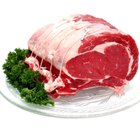
How to Marinate a Top Round Roast
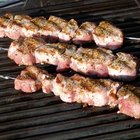
How to Cook Pork Loin
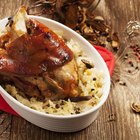
How to Cook Knuckle Roast
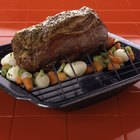
How to Cook a Really Tender Beef Roast ...

How to Make a Blackbuck Antelope Roast
How to Slow Cook a Pot Roast With Beef ...
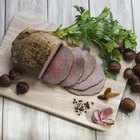
How to Cook a Tender Eye Roast

How to Cook Moose Meat

How to Cook Boneless Country Spare Ribs

How to Cook Yak
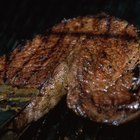
The Best Way to Cook Boneless Shoulder ...

How to Cook Beef Top Round Pot Roast
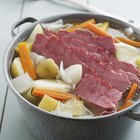
How to Cook a Large Amount of Corned ...
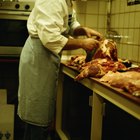
Cuts of Meat From a Front Quarter of ...

How to Cook a Beef Roast in a Roaster ...

How to Cook Moose Steaks

How to Cook Kobe Steaks

How to Cook Angus Beef Steak
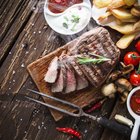
How to Cook Dominican-Style Steak
References
Writer Bio
Natalie Smith is a technical writing professor specializing in medical writing localization and food writing. Her work has been published in technical journals, on several prominent cooking and nutrition websites, as well as books and conference proceedings. Smith has won two international research awards for her scholarship in intercultural medical writing, and holds a PhD in technical communication and rhetoric.
Photo Credits
Jupiterimages/liquidlibrary/Getty Images